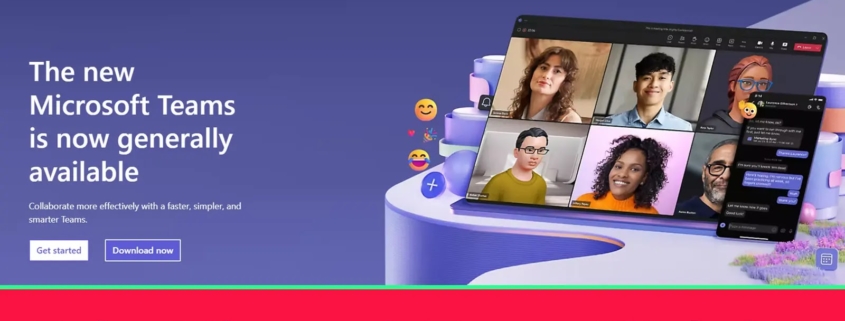Beware Of Fake Microsoft Teams Website That Installs Oyster Malware
Fake websites of authoritative and popular companies claiming to be genuine sites make users believe that the site belongs to that specific company and is safe to use.
Besides this, hackers can more easily lure victims into entering sensitive information or downloading malware by mimicking popular and reputable brands.
Cybersecurity researchers at Rapid 7 identified a fresh malvertising campaign that deceives users into downloading malicious installers pretending to be well-known utilities, such as Google Chrome and Microsoft Teams.
These installers deliver a backdoor named “Oyster” or “Broomstick.” Following its establishment, hands-on keyboard activity involves system enumeration and deployment of other malicious payloads.
Scan Your Business Email Inbox to Find Advanced Email Threats - Try AI-Powered Free Threat Scan
Beware Of Fake Microsoft Teams Website
When they looked for the software on the Web, users downloaded Microsoft Teams installers from typosquatted websites in three instances.
These were rogue sites posing as authentic Microsoft ones and led trustful users to download malware instead of genuine software applications.
For one, “micrsoft-teams-download[.]com” sent binary MSTeamsSetup_c_l_.exe signed with a certificate issued for Shanxi Yanghua HOME Furnishings Ltd, likely used maliciously to look like a legitimate entity on VirusTotal.
In May 2024, legitimate software was impersonated by multiple installers, one of which employed a Microsoft Teams setup file with a revoked certificate.
The Rapid 7 report states that the Oyster (aka Broomstick, CleanUpLoader) malware family was first distributed via this installer in September 2023.
System data is collected while hardcoded C2s are contacted, consequently making it possible to execute remote code. The recent sample drops CleanUp30.dll, which creates a scheduled task that allows the virus to be launched every 3 hours when it runs itself again.
The C2 domains get decoded using a byte mapping algorithm, and fingerprint machines are infected, which helps send back such information to the C2 infrastructure.
Here below, we have mentioned all the functions that are used to fingerprint the infected…


